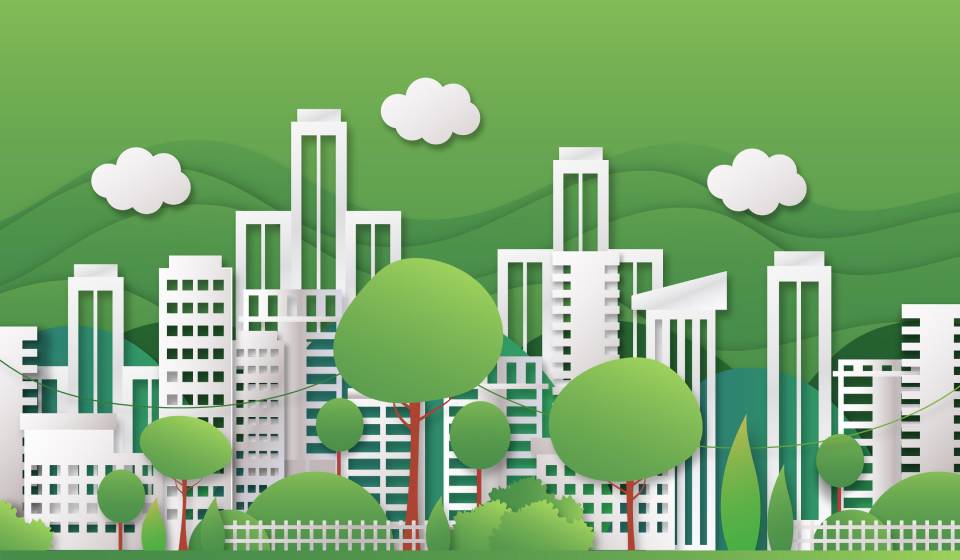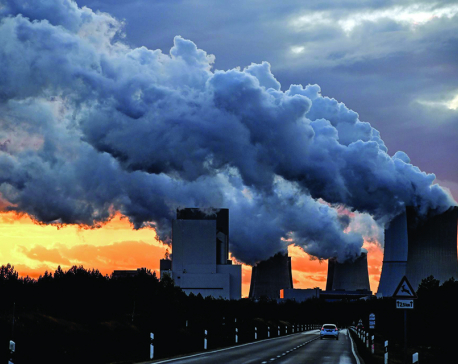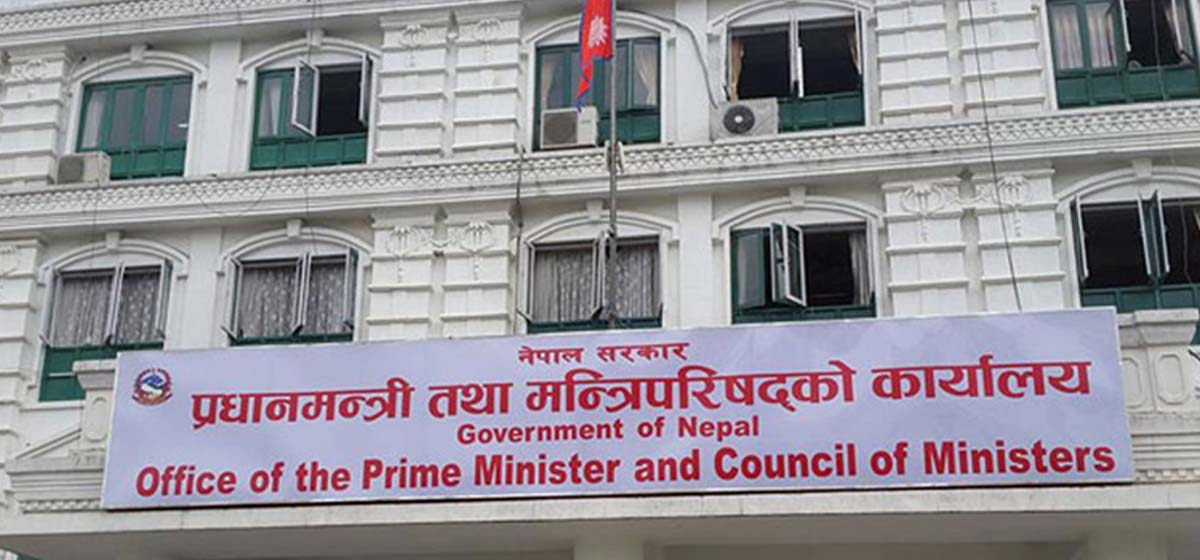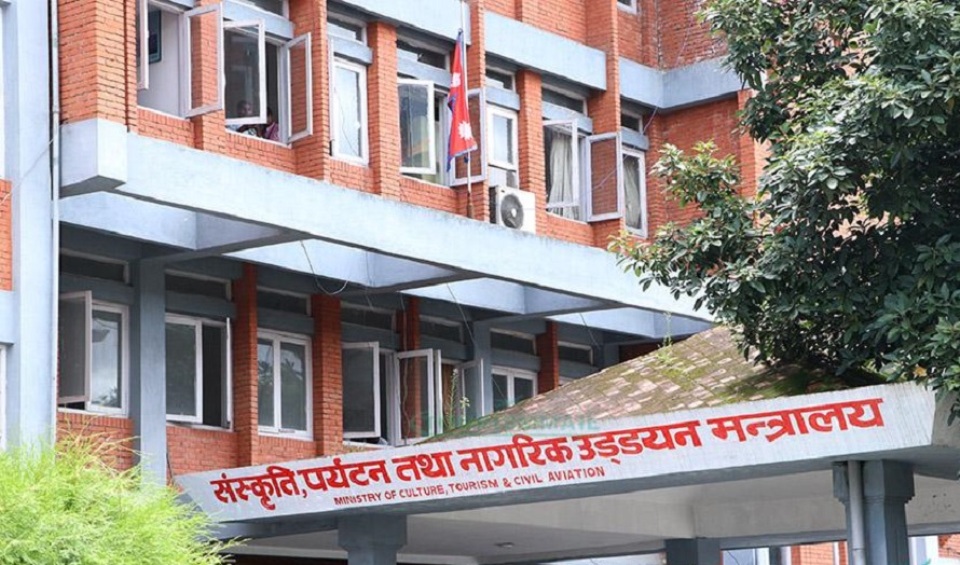
OR
Opinion

A growing city should cope with a variety of growing demands. These demands acknowledge industrialization and urbanization, which are two major factors responsible for global unsustainability. As such, the natural environment experiences deforestation, rapid consumption of fossil fuels, leading to the depletion of natural resources, air and water pollution, greenhouse effects, and climate change.
Deforestation exacerbates the concentration of carbon dioxide in the atmosphere while also eradicating crucial biodiversity and disrupting forest ecosystems. Non-renewable energy sources, like fossil fuels, that comprise coal and oil, when burned release greenhouse gases like carbon monoxide and carbon dioxide, leading to global warming and global climate change.
In simple words, it is a challenging task to make a growing city a sustainable city. And that’s why the concept of green city demands its implementation.
A green city is a city that prioritizes sustainability by integrating environmentally-friendly practices into its development. It includes emphases on renewable energy sources like hydro and solar, the promotion of green transportation, the construction of green buildings, preserving greenery and green spaces, etc.
Implementation Techniques
The 13th edition of an annual report called EGR (Emissions Gap Report) published by UN Environment Program (UNEP) suggests that the world is not on track to limit global warming to well below 2°C (preferably 1.5°C) with current policies and commitments likely to result in a global temperature increase of around 2.8°C by the end of the century. In addition, UNEP states that cities are responsible for about 75% of global CO2 emissions, making them a key focus in the fight against climate change.
With this reference, the cities have been obligated to choose suitable ideas and techniques to neutralize the effects. If these techniques are not implemented, the outcomes could be severe.
Green city can be achieved through different components, including the use of renewable energies, the promotion of green transportation, and the implementation of green architecture and greenery. It also includes urban farming practices like growing and distributing food, as well as raising animals within the cities.
Green Transportation
Green transportation means such modes of transportation that doesn’t harm the environment when used. The main goal is to reduce greenhouse gas emissions, air pollution, and other negative impacts on the environment. Examples of green transportation include the use of electric cars, bicycles, public transportation, and walking.
The conventional mode of transportation totally relies on fossil fuel, which has two major problems; first, it produces greenhouse gases, and second, it depletes. To overcome both of these challenges, green transportation perfectly fits the bill, as it produces little to no emissions and utilizes renewable energy sources, making it a more sustainable and environment-friendly option for transportation, and reducing our dependence on fossil fuels.
There are several countries that are making significant strides in implementing green transportation initiatives. Norway is one of the countries that has made significant progress in this area, with electric vehicles (EVs) accounting for more than half of all new car sales in 2020. Countries like China, Germany and Denmark are heavily investing in public transportation. The Netherlands has a comprehensive network of cycling infrastructure, with dedicated bicycle lanes and traffic signals for cyclists. Similarly, France has set a goal of banning the sale of gasoline and diesel vehicles by 2040, and Sweden has set the relevant goal to be a fossil fuel-free transportation country by 2030.
Green Building
According to the US Environmental Protection Agency (EPA), green building is the practice of building structures that are environmentally responsible and resource-efficient throughout a building's life-cycle, including various stages like design, construction, operation, maintenance, renovation and deconstruction. In other words, green buildings are built in such a way that it helps to reduce the negative impacts on the environment, rather than just the usual dwelling or commercial purposes.
Green buildings can be made so by incorporating various elements like roof-top gardens, the use of non-toxic building materials like low-VOC paints and finishes, adopting rainwater harvesting systems and low-flow toilets and faucets, use of insulation, high-efficiency HVAC systems and energy-efficient windows. Use of renewable energy sources like solar, geothermal energy, to power the building can also be done to promote green building.
Many countries have already recognized the role of green building practice in promoting a healthier environment. Singapore is known for its concerted efforts to create sustainable buildings, with famous examples being the Parkroyal Collection Pickering Hotel and Khoo Teck Puat Hospital.
The LEED (Leadership in Energy and Environmental Design) certification program developed by the US Green Building Council (USGBC) encourages sustainable building practices all around the world by setting standards and guidelines for the construction of green buildings. One World Trade Center in New York is LEED Gold certified, and Salesforce Tower in San Francisco and Duke Energy Center in Charlotte are LEED Platinum certified.
Urban Farming
Urban Farming is the practice of growing crops and raising livestock inside the cities, thus going against the general practice of what the world is accustomed to procuring foods from rural areas outside the cities. There are many ways to practice urban farming, like rooftop farming, vertical farming, community farming, animal husbandry and aquaponics.
Urban farming contributes to promoting green spaces in the voids of the city, aiding benefits like reducing urban heat island effects by cooling the air, reducing energy consumption in buildings, and circulating fresh air and unprocessed food in the city. Since foods do not need to be delivered from outside the cities, it reduces the carbon footprint associated with transportation. It helps to increase biodiversity in cities, creating habitat for birds, bees, and other animals, which helps to maintain ecological balance.
Urban farming promotes the conservation of natural resources like water and soil, which are important for the sustainability of cities and the well-being of its inhabitants.
Sky Greens in Singapore, Brooklyn Grange in New York, Lufa Farms in Montreal, Kashiwa-no-ha Smart City in Japan, and Rooftop Republic of Hongkong are a few instances that follow urban farming.
Conclusion
As urbanization and industrialization continue to accelerate, cities have become major contributors to global greenhouse gas emissions, pollution, and climate change. As such, building green cities is not just a good idea but an inevitable necessity.
Although building green cities requires a significant upfront investment, the long-term benefits and savings far outweigh the costs. Governments, businesses, and individuals all have a role to play in the transition to green cities. By working together, we can create a greener future for ourselves and for the future generations.
You May Like This

Police arrest 70 climate change protesters outside New York Times
NEW YORK, June 23: Police arrested 70 environmental protesters outside the New York Times headquarters who laid down in the street... Read More...

Scientist who popularized term “global warming” dies at 87
NEW YORK, Feb 19: A scientist who raised early alarms about climate change and popularized the term “global warming” has... Read More...

Responsibility of the rich
The West exalted its economy through “all means possible” approach during the industrial revolution. They need to clean up the... Read More...

Just In
- Dr Ram Kantha Makaju Shrestha: A visionary leader transforming healthcare in Nepal
- Let us present practical projects, not 'wish list': PM Dahal
- President Paudel requests Emir of Qatar to initiate release of Bipin Joshi
- Emir of Qatar and President Paudel hold discussions at Sheetal Niwas
- Devi Khadka: The champion of sexual violence victims
- Nagarik Nayak Felicitation (Live)
- Qatar Emir in Kathmandu, President and Prime Minister welcome Emir at TIA (In Photos)
- NRM Director Gyawali inaugurates Nagarik Nayak 2081









_20240423174443.jpg)







Leave A Comment